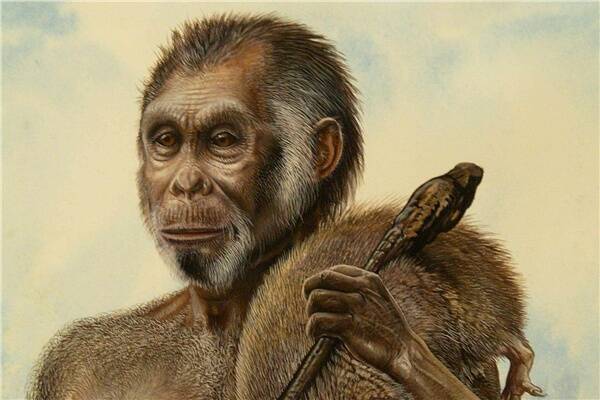A new study of the prehistoric "hobbit" discovered on an Indonesian island has added new weight to the theory that the creature is an ancient human species and not a mutant or diseased modern human.American scientists William Jungers and Karen Baab studied the bones of the female hobbit, discovered by a team of scientists including the University of Wollongong's Professor Bert Roberts, on the island of Flores in 2004.Their study, to be published in Britain's Royal Statistical Society magazine Significance, bolsters the theory that Homo floresiensis is a previously unrecognised species of early humans, or hominids, not a mutant or diseased modern human, as some critics have alleged.
Hobbit critic disciplined by university Hobbit feet add an air of mysteryThe scientists based their study on a detailed examination of the female hobbit's skull and other bones, which led them to estimate her weight and height. Their analysis suggests it was unlikely she was a relative of Homo erectus or other known human species and was instead "probably derived instead from an even more primitive hominin species". They found her brain was "remarkably small" compared with those of living humans, including modern pygmies, and more similar to those of chimpanzees and ancient hominins such as the bipedal "ape men" of Africa. While some scientists have argued the hobbit's head was unusually small because she suffered from a disease, Dr Jungers and Dr Baab found no resemblance between her brain shape and that of modern humans with abnormally small heads. They suggested the hobbit was not a dwarfed descendant of Homo erectus but a different species "with already-small bodies and smaller brains when they arrived on Flores". Dr Jungers and Dr Baab also reconstructed the hobbit's body shape and size and found it to be unlike any modern human because of its shorter thigh and shin bones. They estimated she was much smaller and stockier in shape than modern humans, even when compared with the smallest living people. She was just 106 centimetres tall and weighed 30-35 kilograms, suggesting a "very non-human body shape for our hobbit, in the sense that a relatively large mass is being distributed over a relatively small skeletal frame". "This is not a pygmy human," Dr Jungers said. The Australian Research Council is providing funding for a five-year project so Dr Jungers and Australian scientists can continue their work on trying to establish the hobbit's status.

